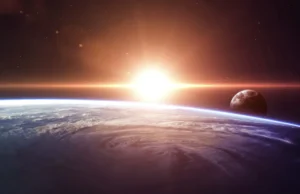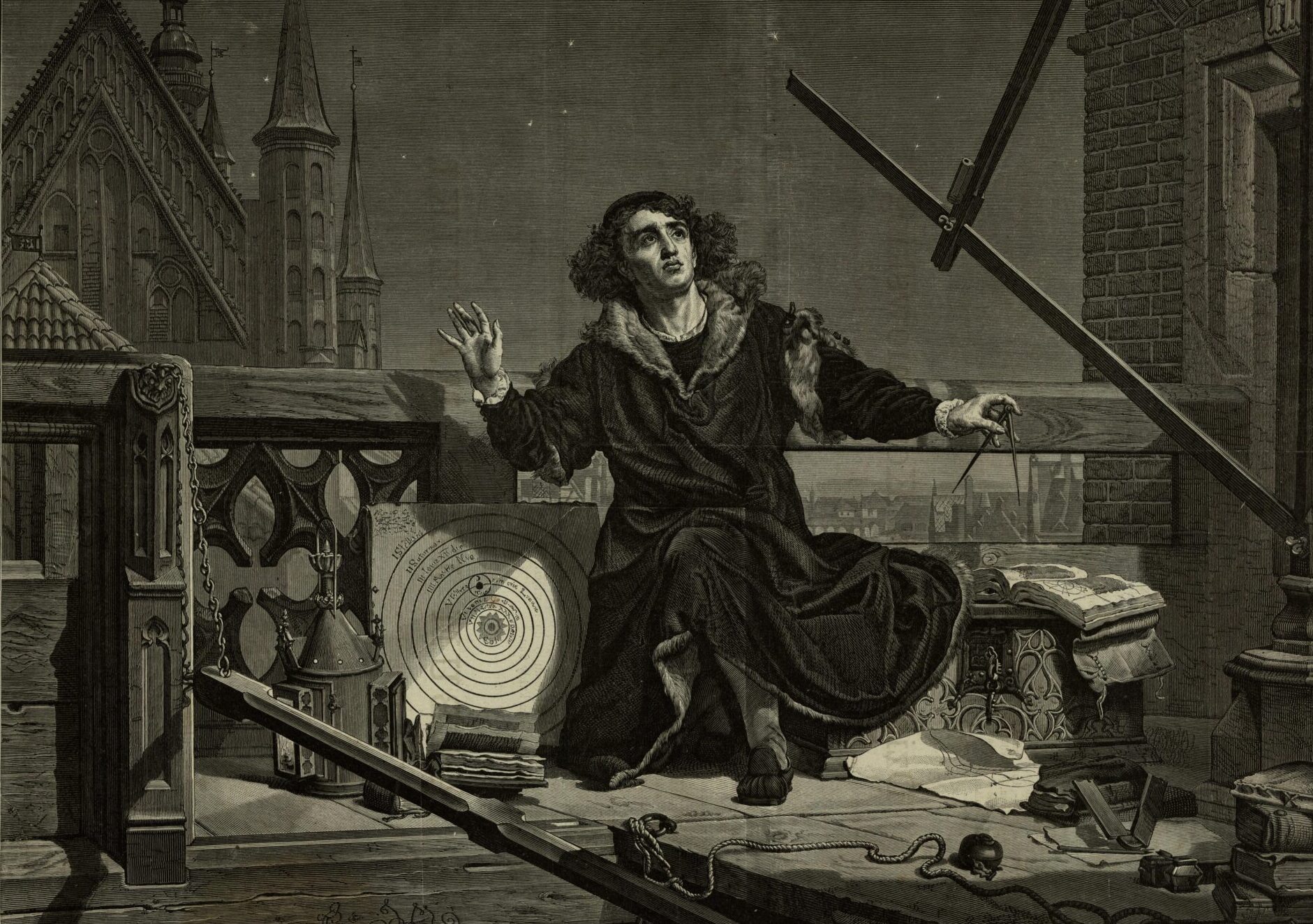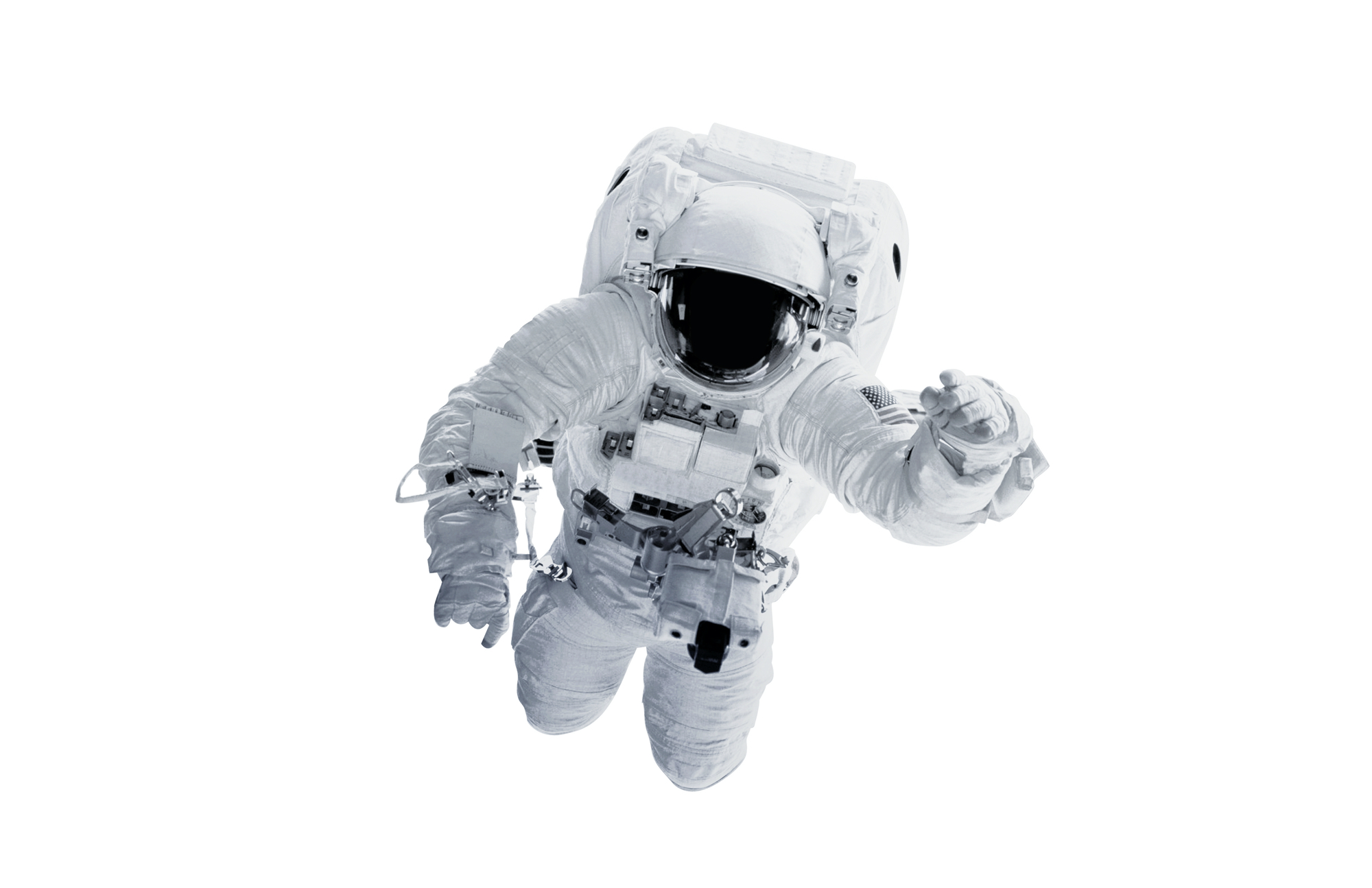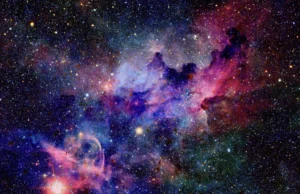Humanity’s cosmic passion. For generations

Science connects! Ask your loved ones about their science fascinations!
All passions are great. They develop personality and connect people together. They make our lives pass creatively and fill them with action. However, among them there is one that deserves a special tribute. It is science. Thanks to it, we can learn and understand the world we live in and ourselves. It is also bold to say that its strength lies, among other things, in intergenerationalism.
Among the ambassadors of this year’s edition of the #2h4family campaign, we have the honor of hosting Tomasz Rożek. Physicist, journalist and popularizer of science, founder of the foundation Nauka. To lubię. I don’t think we need to explain what his greatest passion is. As he said in an interview with the Humanites Institute, the driving force behind his fascination with science is his family’s inquisitiveness. When asked about his childhood passion, he confessed that he was very attracted to the Cosmos then. It wasn’t just him.
The cosmos is a great mystery. It always has been. And man loves puzzles. Whole generations of mankind have floated theories about what it could be – it’s sky and stars. Thousands of years ago, we saw gods and mythical scenes there, then we developed tools that allowed us to look into the depths and discover what we were dealing with. We realized that the Cosmos is much, much more than the stars we see with our naked eyes. And although we were able to explore many of its mysteries, we are far from knowing everything about it.
Before the astronomer from Toruń discovered a cosmic passion in himself
We know that man has always liked to look at the stars, if only from the drawings he made in rock caves in remote Paleolithic times. Researchers see astronomical objects in them: The moon drawn in its 29-day cycle or the cluster of stars known today as the Pleiades. Slightly later, dating from the turn of the Neolithic and Bronze Age, Stonehenge may have had an astronomical purpose, according to experts.
As we know from the surviving sources, in later times, already the so-called historical ones, the Cosmos was explained using mythical stories. To this day, our planetary neighbors are called by the names of Roman gods: ruler Jupiter, sweet Venus, winged Mercury… At the same time, there were already attempts to study, describe, measure all this. All great civilizations – China, Mesopotamia, Greece, India, Central America – built observatories. These early observatories served the purpose of cataloging celestial bodies, describing their positions and movements. Today we already know that only apparent ones. This is how the geocentric model of the world came into being, which was in effect until an astronomer from Toruń discovered a passion for space. But about that in a moment.
Meanwhile, we are in a time when the European cosmic paradigm is the centrality of the Earth, although we should not forget Aristarchus of Samos, who proposed the heliocentric model as early as the 3rd century BC! Until the beginning of the Middle Ages, many more interesting observations were made, because the Cosmos, as the Cosmos is, revealing one secret about itself, revealed another. Thus, by mathematical methods, attempts were made to calculate the size of the Sun, a prototype of an astronomical clock was constructed (the so-called Antikythera Mechanism), and so on.
There is a belief that the Middle Ages resulted in a stagnation in astronomical sciences. However, let’s not forget that when we say “the Middle Ages,” we are talking about nearly a thousand years of development of human civilization in just one part of the world. At that time, astronomy was developing magnificently in the Islamic world. It is also worth mentioning that, contrary to popular belief, few medieval European scholars thought that the Earth was flat. It was described as spherical by Macrobius (5th century AD) or Martian Capella (5th century AD), among others. On the other hand, the consensus that its position in the Cosmos is the strict center was unlikely to be challenged.
He stopped the Sun, moved the Earth and… imagination
Let us now return to our astronomer from Toruń. We are, of course, talking about Mikołaj Kopernik and his work “On the Revolutions of the Heavenly Spheres”, published in 1543. We all know at least from early elementary school – Kopernik stopped the Sun, and moved the Earth. And to put it less poetically – he proposed a heliocentric model of the Cosmos, which was soon accepted, although not without perturbations.
If you are passionate about science, don’t worry about setbacks. The most outstanding always have an uphill battle. Not only did Kopernik die before his work appeared in print, but almost immediately, in 1616, it went on the Index of Forbidden Books. And don’t be afraid of confusion – Kopernik’ theories were corrected and expanded by such giants of astronomy as Galileo Galilei and Johannes Kepler. Does a moral flow from this? Even two. First – it is worth challenging existing paradigms if we have good grounds for doing so. Second – generationalism does science good. It is thanks to it that after Kopernik Galileo can come and improve his model of the Universe.
Galileo, who will still manage to construct one of the first telescopes, will be followed by other people who will be united by one passion – the Cosmos. Isaac Newton will explain the movements of celestial bodies by the law of motion and the law of universal gravitation. Attention to the so-called three-body problem will make it possible to predict these movements. New technologies will emerge: improved telescopes, photography, the spectroscope. In the twentieth century, we will discover that we inhabit a separate galaxy, which, going back to mythological world imagery again, we will call the Milky Way. We will also discover that there are other galaxies, or huge groups of stars, and among the planets orbiting them – and in the future, who knows? Maybe a second Earth? And on it some other intelligent beings?
Waiting for aliens
The first photo of Earth from Space was taken in 1946. It was taken with a ballistic missile acquired from the Germans. Germany was the first to produce an object capable of soaring into Space. The photo taken with it clearly shows the curvature of the Earth. Since then, no one could doubt its spherical shape anymore. However, this most famous photo, in which we see the “blue ball”, was taken a little later. It was taken by the crew of the Apollo 17 mission in 1972.
There is probably no other artifact that has so fired the collective space imagination. Although its impact might have been less if it were not for the atmosphere of the space race between the US and the USSR, which lasted since the 1950s. At the time, the superpowers sent whatever they could into space – artificial satellites, telecommunications equipment, the ill-fated dog Laika, and, eventually, humans. The race in the competition to send the first man into Space was won by the Soviet Union – in April 1961, 27-year-old cosmonaut Jurij Gagarin waved to stranded humanity on Earth from the Vostok 1 mission. He was 23 days ahead of American astronaut Alan Shepard. In 1963, the first woman – Soviet cosmonaut Valentina Tereshkova – joined the ranks of those with a trip to Space. The inaugural human space walk was also made by a Russian – Alexei Leonov in 1965. But it was Americans who stood on the Moon as the first. This small step for man, and a big step for mankind was taken by astronauts Neil Armstrong and Buzz Aldrin in 1969.
The space race slowed down in the 1970s. However, it managed to make its mark on hearts and minds. If not ourselves, then our parents or grandparents lived with the idea that perhaps an encounter with a space civilization was about to take place. They read the prose of Lem and Clarke, watched the famous “Space Odyssey: 2001” and tracked down alleged traces of alien presence on Earth. At the same time, one admired more and more modern probes and telescopes, and followed the successive discoveries and theories that are supposed to explain to us the essence of the Universe.
No more illusions, but the passion remains
Since the 1970s, the atmosphere of the space debate began to change. There were voices of doubt. It was argued that, given the enormous distances and other insoluble technical obstacles, even if an extraterrestrial civilization existed, we would never know it. Countries began to fund space exploration more sparingly, and in the meantime humanity consumed the achievements that appeared as a side effect of attempts to explore the Universe. Freeze-dried food, special foam used for sports shoes, an electronic thermometer, water filtration with silver ions – all these innovations were invented for space flight.
Of course – mankind has not stopped being passionate about the Cosmos. Today we know much more about it than when Neil Armstrong took his big step for all mankind. Compared to that knowledge and that attitude – the current one is more mature and more devoid of illusions.
Today it is no longer just the US and Russia that are exploring the Cosmos. It can be said that the space race has not only resumed, but also – that more players are taking part in it. China, of course, is trying to realize its space ambitions, as well as Mexico and India. In various ways – with the efforts of state space agencies, private companies and scientists sent on missions.
NASA’s Artemis II mission, the most talked-about in recent times, involves a truly diverse group. The commander is former Navy fighter pilot Reid Wiseman. The pilot – the first black astronaut aboard NASA Victor Glover. And the specialists flying the mission are Eng. Christina Koch and Canadian Colonel Jeremy Hansen, going to Space for the first time.
The most important change, however, has been in the very ideas of what we can discover. We no longer have high hopes for a close encounter with an extraterrestrial civilization. Instead, we are investigating, for example, whether and what kind of microbes inhabit other planets (you can read an article on this topic on the Nauka. To lubię). We are trying to see the Cosmos more accurately with the help of devices such as the James Webb telescope (you can also read about this topic on Nauka. To lubię). At the same time, business, at all costs, is trying to monetize human space passion. Commercial flights to Mars? On offer soon!
The fact that today, as much as ever, people are intrigued by the Cosmos is evidenced by the career of such films as “Star Wars” and “Gravity.” Cosmic reflections may be different from those of our parents or grandparents, but the stars twinkle in our direction in the same delightful way.
Recently, on May 15, we celebrated International Day of Families. Maybe it’s a good impulse to ask what fascinates our loved ones.
-
- Maybe it’s an opportunity to watch “Star Trek,” “Interstellar” or the latest series of “The Mandalorian” with them and talk about what emotions the thought of Space stirs in us?
- Or ask Grandpa what fascinated him when he was young or Grandma who from the world of science impressed her at the time?
- What has changed the most over the course of their lives?
- Do they remember the first computer?
- Would you be able to explain to them what artificial intelligence or social media is?
Maybe through such a conversation we will discover a shared passion or be inspired to try something new? Certainly, we will discover something new about each other, and another person, especially a close one, is more interesting even than the Cosmos. As an inspiration for your questions, we invite you to watch the recording with Dr. Tomasz Rożek, ambassador of the 12th edition of the Two Hours for Family/Human Campaign.



